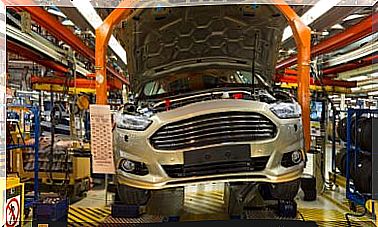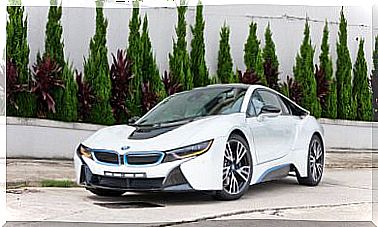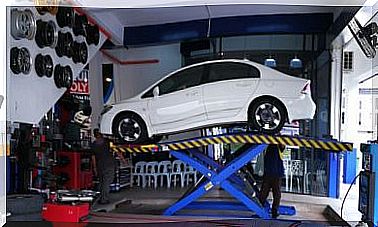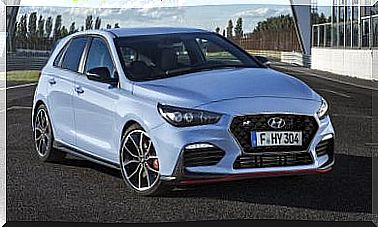Coal Scuttle, The First Aston Martin
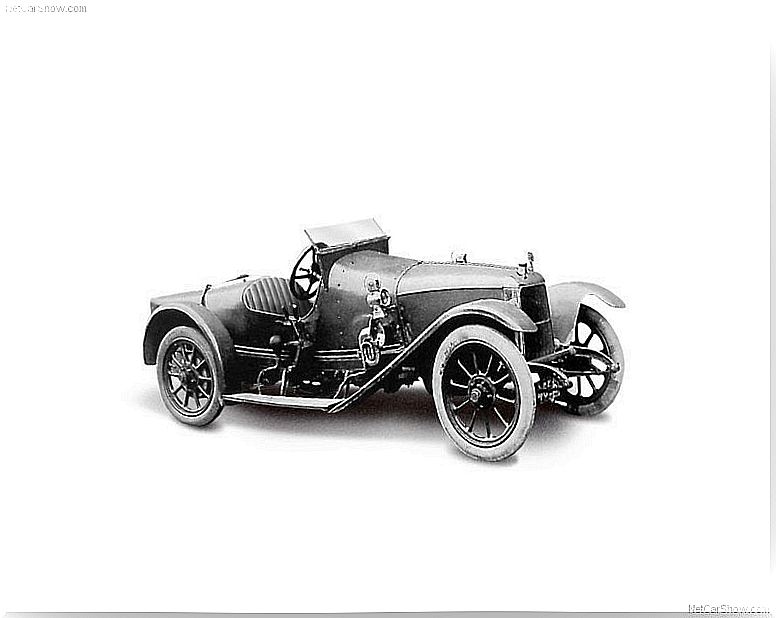
Coal Scuttle, the result of a competition project
Founded by Lionel Martin and Robert Bamford, Aston Martin came to the world in 1912 thanks to the union of these two enthusiasts from the automotive world. From this collaboration was born the Coal Scuttle, the first vehicle of the successful British brand.
Lionel Martin was a huge fan of car racing. In fact, he competed in the famous Aston Clinton Hill Climb race, which raced through the streets of Buckinghamshire. He did not get the victory, but promised to show up the following year with a self-made car to take first place in the test.
He studied the idea with his partner Robert, an engineer, and the two brought together their knowledge and enthusiasm to create the first in a long history of success, the Coal Scuttle. As promised, Lionel Martin claimed victory at the Aston Clinton Hill Climb, earning him enough fame to give his project a financial boost.
The first models created by the brand were racing cars, designed by and to compete, and it took a long time to bring their first vehicle to the street.
This is the Coal Scuttle
It was created with a mixture of parts from different vehicles of the time. For example, the chassis belonged to a 1908 Isotta Fraschini. The engine that led the Englishman to victory was a Coventry Simplex.
Unfortunately, the beginning of the First World War meant that its production could only be maintained for five years, which closed its doors temporarily. At the end of the war in 1919, the company reappeared to continue with the production of the Coal Scuttle.
It was a two-seater convertible with a racing spirit, designed with the best technology of the time. With the massive fenders of yesteryear and tall, thin wheels, the Coal Scuttle was not far from the other street cars of the turn of the century.
Perhaps the sportiest feature is the small windshield to minimize drag. It was so small that it forced the driver to drive it with goggles. In addition, it was placed in an inclined position, not totally vertical as was done in those years.
Unlike the street cars of the time, which used to be of enormous proportions and very heavy, our protagonist had much more contained measures. Above all, the front view was striking, from where you could see the narrowness of the cabin.
In those years the aerodynamics had hardly been worked on, and the nose is proof of this, with a large grille placed in an almost vertical position that did not favor high speed advance.
It had a 1,389 cubic-centimeter, four-cylinder engine, which delivered performance little seen in those years. We do not know the declared power, but it would be around 20 CV.
As was typical in cars of its generation, the gear lever was housed outside the body, as was the handbrake. The narrow dimensions of the interior would make it impossible to place it between the two occupants.
This position forced the pilots to release one hand from the steering wheel for too long, a steering wheel of course with generous dimensions to minimize the harshness of the steering as much as possible.
Since then, there has been no record of where that unit can be found, which would reach an exorbitant number at auction today. The hope of finding it is totally extinguished and the brand gives it up for lost.
Neither Lionel Martin nor Robert Bamford would be aware of the trajectory that the brand they created to win that race was going to have ahead of it. 100 years later and, after many ups and downs and changes of hands, the quintessential British luxury sports car brand continues to awaken the passions and dreams of all those who love the world of motorsport.
